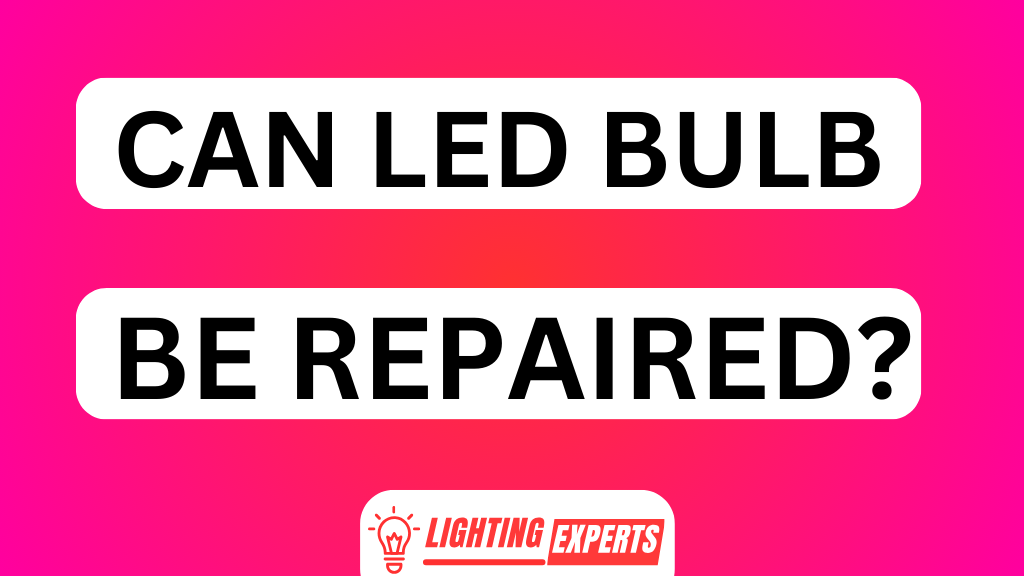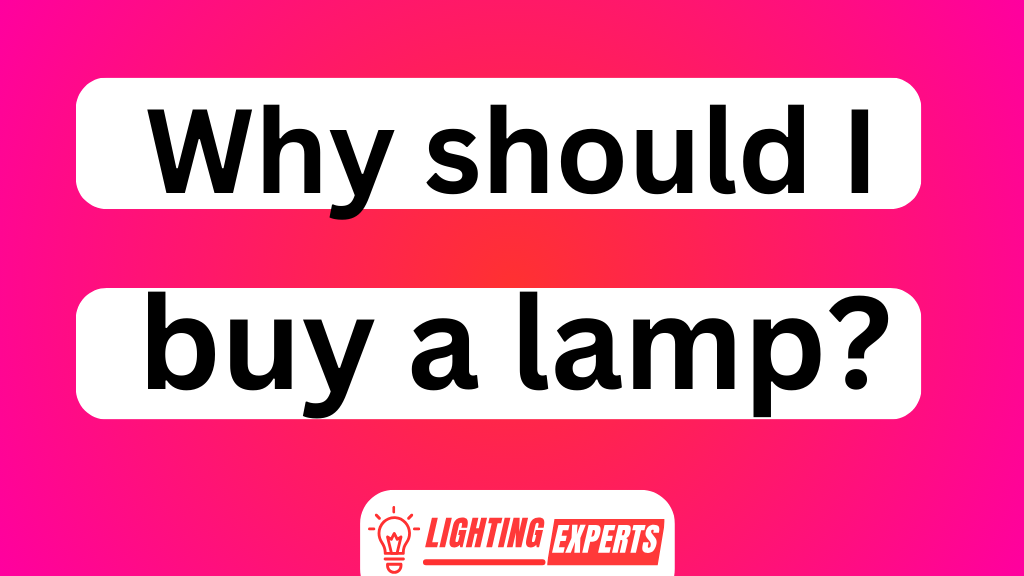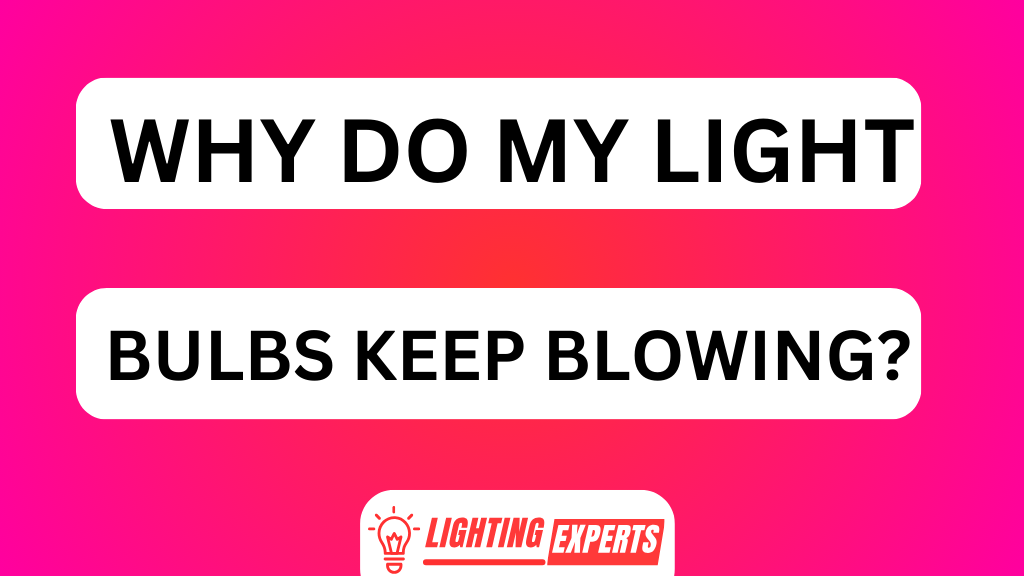Can LED bulbs be repaired?
The question may seem simple, but the answer is more complex than you might think. In this article, we will delve into the common issues faced by LED bulbs and provide a step-by-step guide to repairing them.
We’ll also share troubleshooting tips and safety precautions to ensure a successful repair.
So, join us on this enlightening journey as we uncover the truth about mending these energy-efficient wonders of modern lighting technology.
Key Takeaways CAN LED BULB BE REPAIRED
- Repairing LED bulbs can be more cost-effective than replacing them.
- Repairing LED bulbs allows for learning about their inner workings.
- Repairing LED bulbs contributes to reducing electronic waste and promoting sustainability.
- Not all LED bulbs can be repaired, and the cost of repair may outweigh the cost of buying a new bulb.
Common Issues With LED Bulbs
LED bulbs, while known for their energy efficiency and long lifespan, can still encounter certain problems. One of the most common issues is flickering or flashing lights. This can happen due to a faulty driver circuit or poor connection.
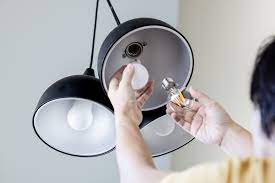
Another issue is dimming or reduced brightness over time, which could indicate a decrease in the overall lifespan of the bulb. Additionally, color inconsistency or discoloration may occur if the LED chips are damaged or if there is an issue with the phosphor coating.
Lastly, some LED bulbs may have compatibility issues with certain dimmer switches, resulting in flickering or buzzing noises. Troubleshooting these problems involves checking connections, replacing drivers, and ensuring proper compatibility to maximize the lifespan of LED bulbs.
Tools Needed for LED Bulb Repair
The tools needed for fixing an LED bulb include a screwdriver, pliers, and electrical tape. Having the right tools is crucial for successful LED bulb repair.
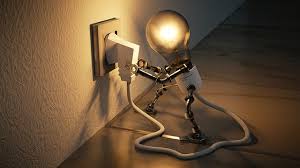
A screwdriver is used to remove the screws that hold the bulb together, allowing access to the internal components. Pliers are useful for holding and manipulating small parts during the repair process. Electrical tape is essential for insulating any exposed wires or connections to ensure safety.
Other helpful tools may include wire cutters, a multimeter for testing electrical connections, and a soldering iron for repairing broken solder joints. By having these tools on hand and following proper techniques, you can increase your chances of successfully repairing an LED bulb.
In the next section, we will provide a step-by-step guide to repairing an LED bulb using these tools.
Step-By-Step Guide to Repairing an LED Bulb
When it comes to LED bulb maintenance, we often face a dilemma between repairing and replacing.
In this discussion, we will explore the pros and cons of each option and provide valuable insights into common LED bulb issues.
Repairing Vs. Replacing
Repairing an LED bulb is often more cost-effective than replacing it. When faced with a malfunctioning LED bulb, many people instinctively opt for buying a new one. However, this may not always be the most economical choice.
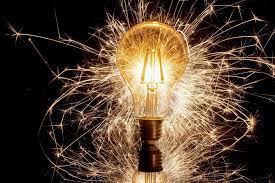
Repairing an LED bulb involves identifying the faulty component and replacing it, which can be done at a fraction of the cost of purchasing a brand new bulb. Additionally, repairing allows for the opportunity to learn about the inner workings of the bulb and gain valuable knowledge that can be applied to future repairs.
Furthermore, by choosing to repair instead of replace, we contribute to reducing electronic waste and promote sustainability. Therefore, considering cost-effective solutions such as repairing over replacing is not only beneficial for our wallets but also for the environment.
Common LED Bulb Issues?
If you’re experiencing flickering lights, it could be due to a faulty component. LED bulbs are known for their long lifespan, but they can still encounter issues. Here are some common problems with LED bulbs:
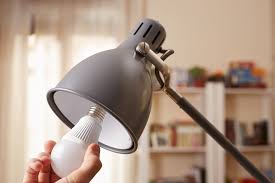
- Flickering lights: This may be caused by a loose connection or incompatible dimmer switch.
- Dimming or reduced brightness: Over time, the brightness of LED bulbs can decrease due to aging components.
- Color shift: Some LED bulbs may shift in color temperature over time, resulting in a different hue.
- Heat damage: If not properly cooled, excessive heat can shorten the lifespan of an LED bulb.
- Power surges: Electrical spikes can damage the internal circuitry of an LED bulb.
To extend the lifespan of your LED bulbs and prevent these issues, follow these tips:
- Use compatible dimmer switches designed for LED bulbs.
- Ensure proper ventilation and avoid using enclosed fixtures that trap heat.
- Invest in surge protectors to safeguard against power spikes.
Remember to regularly clean your LED bulbs and promptly replace any damaged ones to maintain optimal performance and longevity.
Troubleshooting Tips for LED Bulb Repair
In this section, we’ll delve into the intricacies of repairing damaged LED bulbs and address common issues that may arise.
We’ll offer troubleshooting tips and techniques to rectify these problems effectively. By understanding the process of LED bulb repair and being aware of typical issues, we can extend the lifespan of our lighting devices and save on replacement costs.
Repairing Damaged LED Bulbs
LED bulbs can sometimes be fixed when they are damaged. It is important to know how to repair broken filament and fix flickering lights in order to extend the lifespan of LED bulbs. Here are some steps you can take:
- Identify the problem: Determine if the issue is with the filament or the circuitry.
- Replace the filament: If the filament is broken, carefully remove it and replace it with a new one.
- Check connections: Ensure that all connections are secure and free from any loose wires.
- Inspect circuitry: Examine the circuit board for any signs of damage or burnt components.
- Repair or replace circuitry: If there are any issues with the circuitry, you may need to repair or replace it.
Common LED Bulb Issues
One common issue with LED bulbs is flickering lights, which can be caused by various factors. Flickering can occur due to incompatible dimmer switches or power fluctuations. Troubleshooting LED bulb issues involves checking the compatibility of the dimmer switch and ensuring a stable power supply.
Another problem that may arise with LED bulbs is dimming over time. If your LED bulbs have become noticeably less bright, it could indicate that they are reaching the end of their lifespan. Unfortunately, repairing dimmed LED bulbs is not usually possible as it is a sign of degradation within the bulb itself. However, there are steps you can take to prolong their lifespan, such as cleaning them regularly and avoiding excessive heat.
Now let’s explore whether all LED bulbs can be repaired.
Can All LED Bulbs Be Repaired
You might be wondering if all LED bulbs can be repaired. The answer is no, not all LED bulbs can be repaired. While LED bulbs have a longer lifespan compared to traditional incandescent bulbs, they are not immune to issues that may arise during their usage.
Here are some reasons why repairing LED bulbs may not always be possible:
- Complex design: LED bulbs are made up of intricate components that require specialized knowledge and tools for repair.
- Integrated circuitry: Many LED bulbs have integrated circuitry that cannot be easily replaced or repaired.
- Cost effectiveness: In some cases, the cost of repairing an LED bulb may outweigh the cost of buying a new one.
- Warranty limitations: Repairing an LED bulb on your own may void its warranty.
- Safety concerns: Opening and repairing an LED bulb without proper knowledge and precautions can lead to electrical hazards.
Overall, while it is possible to repair certain components of an LED bulb, it is often more practical and economical to replace the entire unit when issues arise.
Safety Precautions for LED Bulb Repair
Before attempting any repairs, it’s important to take proper safety precautions when working with LED bulbs. LED bulbs are delicate electronic devices that require careful handling to avoid damage and ensure personal safety.
To start, always make sure the power is turned off before attempting any repair work. This helps prevent electric shocks and reduces the risk of accidentally shorting out the bulb.
Additionally, wearing protective gloves and eyewear can protect against potential injuries from broken glass or electrical components. It’s also crucial to work in a well-ventilated area to minimize exposure to potentially harmful fumes or gases.
Lastly, using the appropriate tools for disassembly and following manufacturer guidelines can help maintain safety while working on LED bulbs.
Frequently Asked Questions
Are LED Bulbs More Cost-Effective Than Traditional Incandescent Bulbs?
LED bulbs are more cost-effective than traditional incandescent bulbs due to their energy efficiency, longer lifespan, and lower maintenance costs. Additionally, they have a reduced environmental impact as they consume less electricity and contain no hazardous materials like mercury.
Can LED Bulbs Be Used in Outdoor Fixtures?
LED bulbs can withstand outdoor conditions thanks to their weather resistance. However, repairs may not be possible. We recommend replacing rather than repairing LED bulbs for optimal performance and longevity in outdoor lighting fixtures.
How Do LED Bulbs Compare to Compact Fluorescent Bulbs in Terms of Energy Efficiency?
LED bulbs are more energy efficient than compact fluorescent bulbs, consuming less power and lasting longer. This makes them a better choice for the environment, as they reduce energy consumption and waste.
Can LED Bulbs Be Dimmed?
Yes, LED bulbs can be dimmed. Dimming LED bulbs allows for the adjustment of light levels to create different moods or save energy. For example, by dimming the lights in a cozy living room, it creates a warm and relaxing ambiance.
How Long Do LED Bulbs Typically Last Compared to Other Types of Bulbs?
LED bulbs typically last longer than other types of bulbs, with an average lifespan of 25,000 to 50,000 hours. This is due to their energy-efficient design and lack of filament or gas that can degrade over time.
Conclusion
In conclusion, repairing LED bulbs can be a cost-effective solution to common issues. With the right tools and a step-by-step guide, anyone can successfully repair their LED bulbs.
However, not all LED bulbs can be repaired, so it’s important to troubleshoot and determine if the issue is fixable before attempting any repairs. Remember to always prioritize safety precautions when handling electrical components.
So don’t throw away those flickering LED bulbs just yet – with a little know-how, you can bring them back to life and enjoy bright illumination once again.
